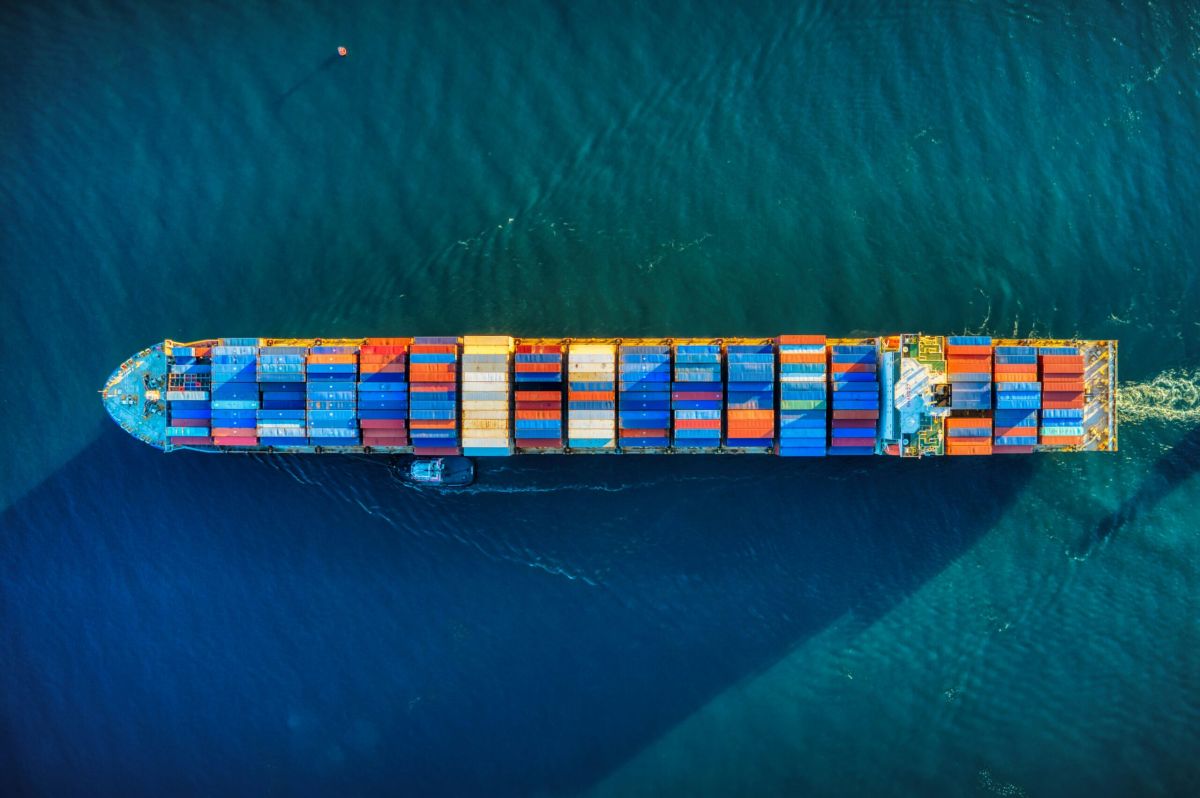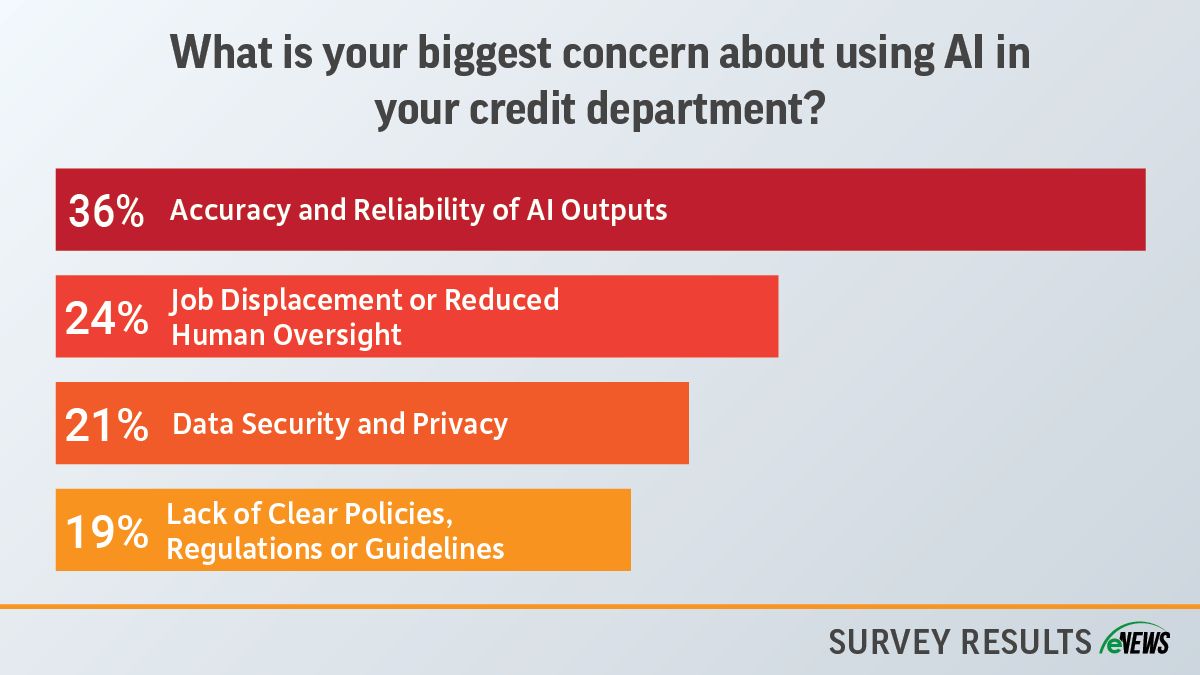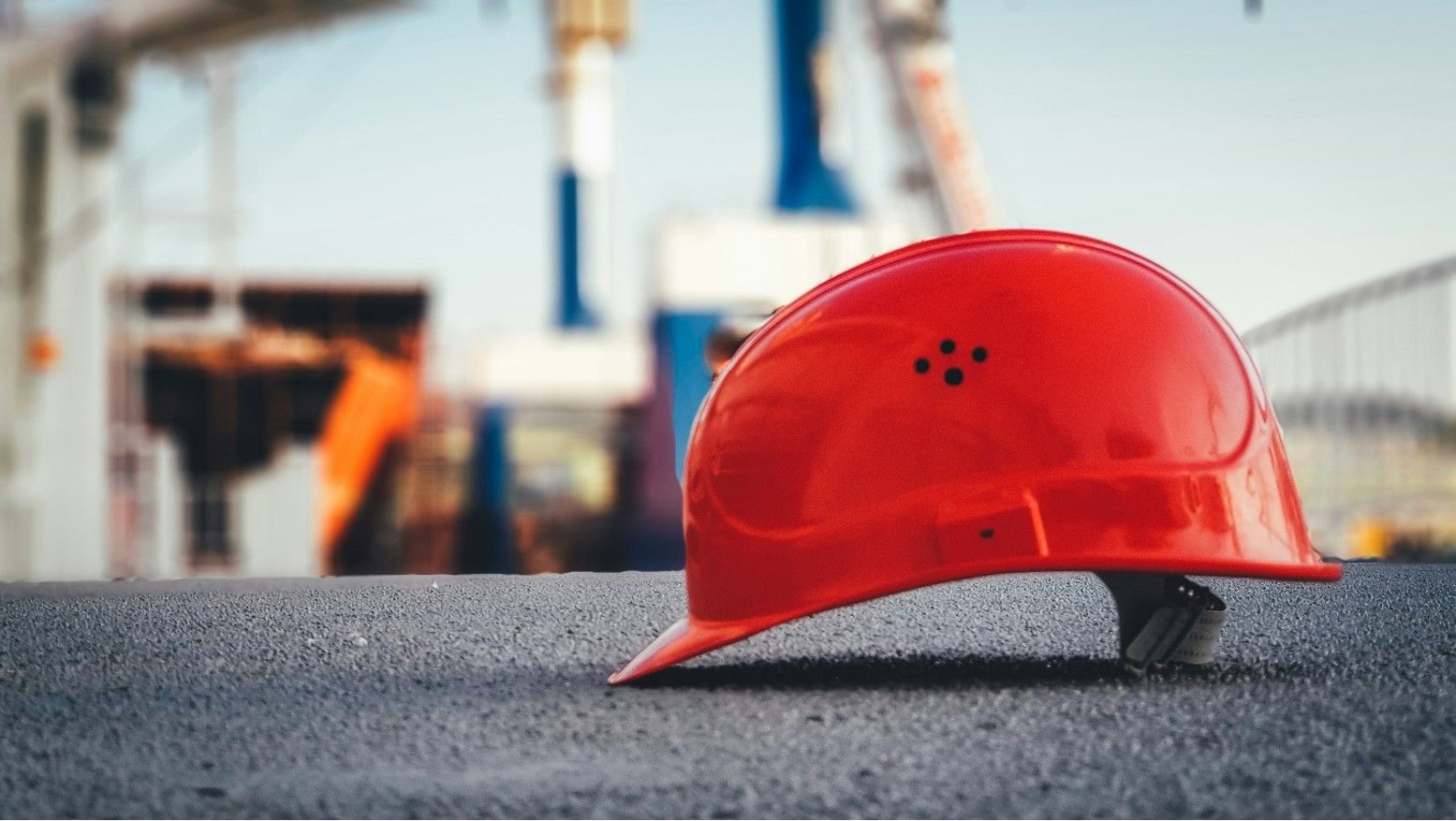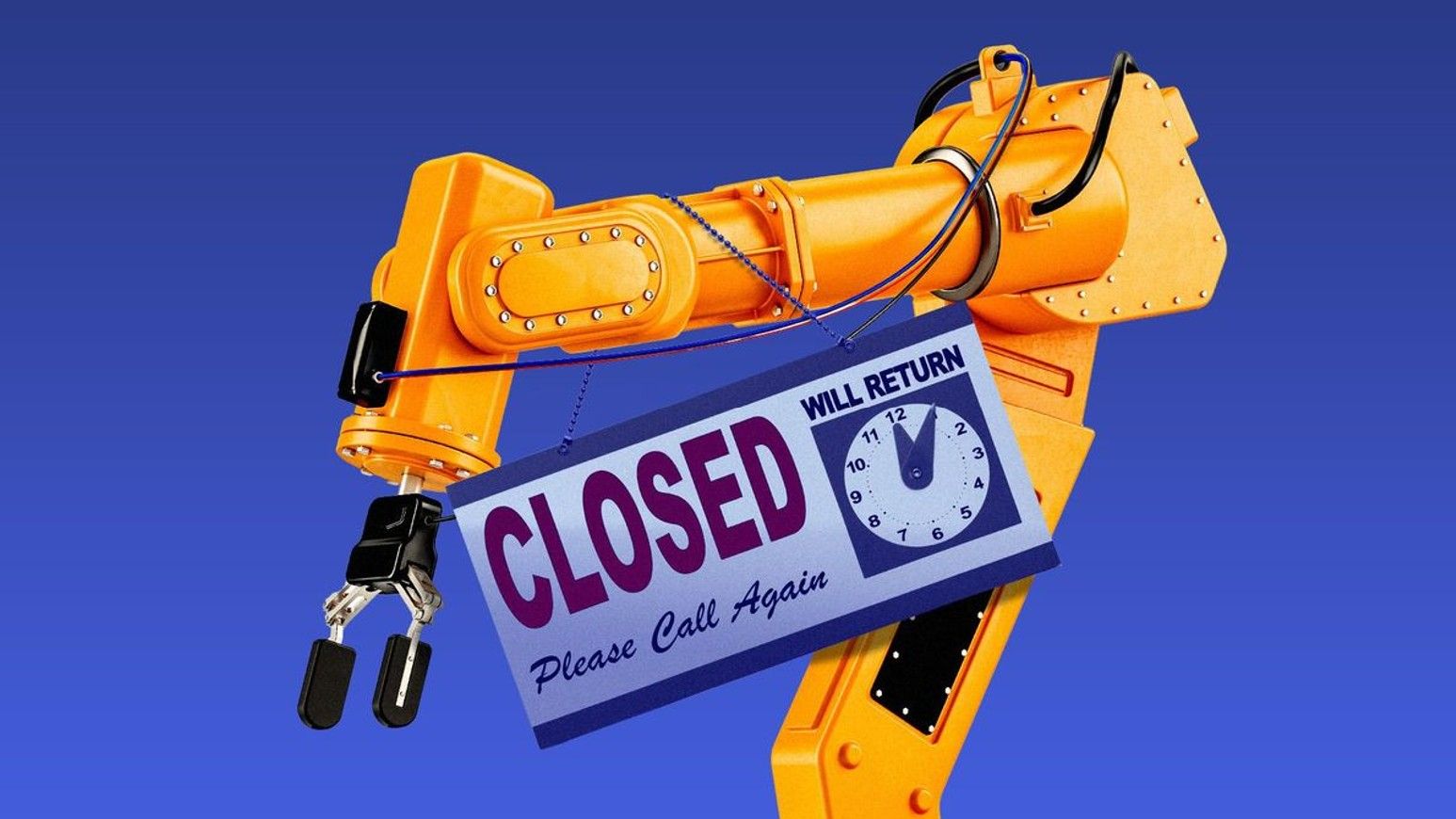Construction, Economy, eNews
Baltimore bridge collapse tests supply chains
The tragic collapse of the Francis Scott Key Bridge last week—claiming the lives of six construction workers—has residents in the Baltimore area in shock.

The tragic collapse of the Francis Scott Key Bridge last week—claiming the lives of six construction workers—has residents in the Baltimore area in shock.
- A 10,000-container capacity containership lost control and crashed into the bridge during the early hours of Tuesday, March 26th. As the community attempts to heal through the emotional and physical impacts, the collapse has also brought attention to the Port of Baltimore, the ninth largest U.S. port by overall trade volume.
Why it matters: The Port of Baltimore moves nearly 50 million tons of goods between the U.S. and other countries each year
- Though smaller than other ports located on the East Coast, it plays a crucial role in processing international trade traffic of automobiles, tractors, commercial vehicles, poultry-harvesting machinery, self-propelled construction machinery, industrial-use vehicles like cranes and its leading export—coal.
With a pause in shipping and an immediate halt on all vessel traffic coming in and out, the port remains open to trucks. However, potential loss of maritime traffic is expected to cost $9 million a day. Employing thousands of workers, the Port of Baltimore is a key economic player. As remnants of the bridge remain in the Patapsco River, officials have sought billions in emergency federal dollars to remove the debris and get ship traffic flowing again as quickly as possible.
Mediterranean Shipping Company (MSC), the largest ocean carrier worldwide, has terminated its clients’ container contracts once the cargo is delivered to diversion ports. This leaves the shippers solely responsible for moving their own goods or having to face delay charges.Delays in receiving materials can lead to delayed payments and the challenges businesses face in managing cash flow amidst shipping uncertainties. “Rerouting is going to cause major delays,” said Amy Cook, CCE, credit manager at McNaughton-McKay Electric Company (Madison Heights, MI). “I think this may have more of an impact based on the industry you’re in rather than across the board. Any time there’s a disruption, there’s a cost associated with it—and it’ll most likely cause customers to hold their cash just in case. In the construction industry, everything is timed. If the materials are delayed for projects, it’ll be an obstacle.”
In the face of unprecedented situations, having a plan B is key. Many corporations learned from the pandemic to stay proactive for any kind of supply chain disruption. Some companies already deal with disruption regularly. For example, in coastal areas where hurricanes are more likely to occur, companies have had no choice but to develop a backup plan for supply chains. The bridge collapse is putting those covid-era supply chain strategies to the test.Due to the large number of debris still in the water, it will be a long process before barge traffic reopens. After the pandemic boom in supply and demand, ocean carriers have experienced a period of financial and operational challenges including:
- Vessel overcapacity
- Declining earnings
- Labor shortages
- The Red Sea Houthi attacks
- Panama Canal drought
All of these have led to costly diversions from major global trade routes. The tugboat Crystal Coast was the first vessel on Monday to move through a temporary alternate channel in the Patapsco River following the collapse of the bridge, according to the U.S. Coast Guard.
What they’re saying: “The biggest issue I see is the pressure on outside ports,” said Ty Knox, ICCE, director of credit and risk at EFCO Corp. (Des Moines, IA). “Since we bring in raw material and turn it into finished goods, we are heavily reliant on the seaports to bring in the raw material and keep our industry going. The other big exports are plywood and lumber, and I think that’ll be an issue as we enter our busy season. Any time there’s a hiccup in the supply chain, a lot of people will also take advantage of prices. As the supply goes down, the demand is up, so we’re going to see higher prices.”In addition to supply chains being impacted, the bridge’s collapse will also impact construction. The District of Columbia owns the Francis Scott Key bridge, so reconstructing the bridge will be a public project.
Any work to be done through a public job means the process will go pretty fast, explained Chris Ring of NACM’s Secured Transaction Services (STS). “When things move fast, there is a higher probability of errors to be made,” he explained. “There should be payment bonds in place for protection for people who are working on the bridge. There’s a large crane in the water to cut the debris up and get the remaining parts of the bridge out of the river, so there needs to be protection for that. When people are working on that job, they need to be mindful that they can’t file a mechanic’s lien on that project, so they’ll have to ask for bonds.”The bottom line: The tragic collapse of the Francis Scott Key Bridge has resulted in significant disruptions to maritime traffic and international trade at the Port of Baltimore, potentially causing substantial economic impacts and delays in supply chains across various industries. Credit professionals should be prepared for any shipping delays or hesitancy from customers paying.





